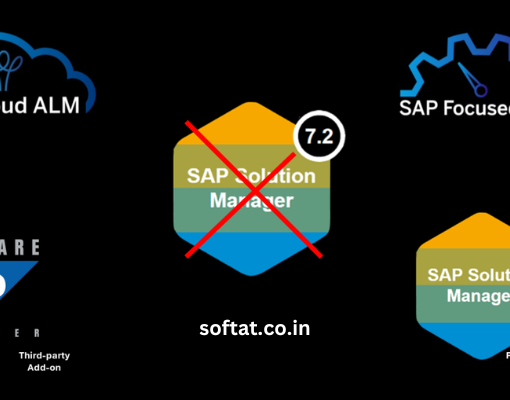SAP MM (Material Management) is a module in the SAP ERP system that manages the procurement and inventory functions of a company. One of the key components of SAP MM is IDoc (Intermediate Document), which is used for transferring data between different systems. In this blog, we will take a closer look at what IDoc is, how it works in SAP MM and the different types of IDocs.
What is IDoc?
IDoc is a structured file format used for exchanging data between SAP systems or between an SAP system and an external system. An IDoc consists of a header and one or more segments that contain the actual data. The header contains information such as the sender and receiver of the IDoc, the message type, and the IDoc number. The segments contain the actual data, such as material numbers, quantities, and prices.
How does IDoc work in SAP MM?
IDoc plays an important role in various processes in SAP MM, such as procurement, inventory management, and invoice verification. Here’s a closer look at how IDoc works in these processes:
Procurement
When a purchase order is created in SAP MM, an IDoc is generated and sent to the vendor. The IDoc contains information about the purchase order, such as the material numbers, quantities, and delivery dates. When the vendor receives the IDoc, they can use it to create a sales order in their own system. This eliminates the need for manual data entry and reduces the risk of errors.
Inventory management
IDoc is also used in inventory management to transfer data between different systems. For example, if a material is transferred from one storage location to another, an IDoc is generated to update the inventory levels in both locations.
Invoice verification
When an invoice is received from a vendor, an IDoc is generated and sent to the SAP system. The IDoc contains information about the invoice, such as the vendor name, invoice number, and payment terms. The SAP system can then use this information to process the invoice and make the payment.
Types of IDocs
There are three types of IDocs in SAP MM:
Inbound IDoc
An inbound IDoc is a data file that is received by an SAP system from an external system. The external system can be a vendor system, a customer system, or any other system that is integrated with the SAP system. The inbound IDoc transfers data such as sales orders, purchase orders, or invoices from the external system to the SAP system.
When an inbound IDoc is received by the SAP system, it goes through several processing steps. First, the SAP system checks the syntax of the IDoc to ensure that it is valid. If the syntax is correct, the IDoc is processed further to check for any logical errors. For example, the SAP system may check to ensure that the material number in the IDoc is valid and that the quantities and prices are correct.
If there are no errors, the SAP system creates the corresponding documents, such as sales orders or purchase orders, based on the information in the IDoc. The documents are then processed further based on the specific business processes of the company.
Outbound IDoc
An outbound IDoc is a data file that is sent from an SAP system to an external system. The external system can be a vendor system, a customer system, or any other system that is integrated with the SAP system. The outbound IDoc transfers data such as purchase orders, delivery notes, or invoices from the SAP system to the external system.
When an outbound IDoc is created in the SAP system, it goes through several processing steps. First, the SAP system generates the IDoc and populates it with the relevant data, such as the material number, quantity, and price. Once the IDoc is generated, it is sent to the external system using a communication method such as FTP, email, or web service.
The external system receives the IDoc and processes it further based on its specific business processes. For example, if the IDoc contains a purchase order, the external system may use the information to create a sales order in its own system.
Change-point IDoc
A change-point IDoc is used to update data that has already been sent in an inbound or outbound IDoc. When a change occurs in the data originally sent in the IDoc, a change-point IDoc is generated to update the information in the SAP system or the external system.
For example, suppose a delivery date in a purchase order needs to be changed. In that case, a change-point IDoc is generated to update the delivery date in the original purchase order IDoc. When the change-point IDoc is received by the SAP system or the external system, the system updates the relevant document with the new information.
Conclusion
IDoc is a critical component of SAP MM, enabling seamless data exchange between different systems. It reduces the risk of errors and eliminates the need for manual data entry. There are three types of IDocs: inbound, outbound, and change-point. By understanding how IDoc works in SAP MM, companies can streamline their procurement, inventory management, and invoice verification processes, leading to improved efficiency and cost savings.





